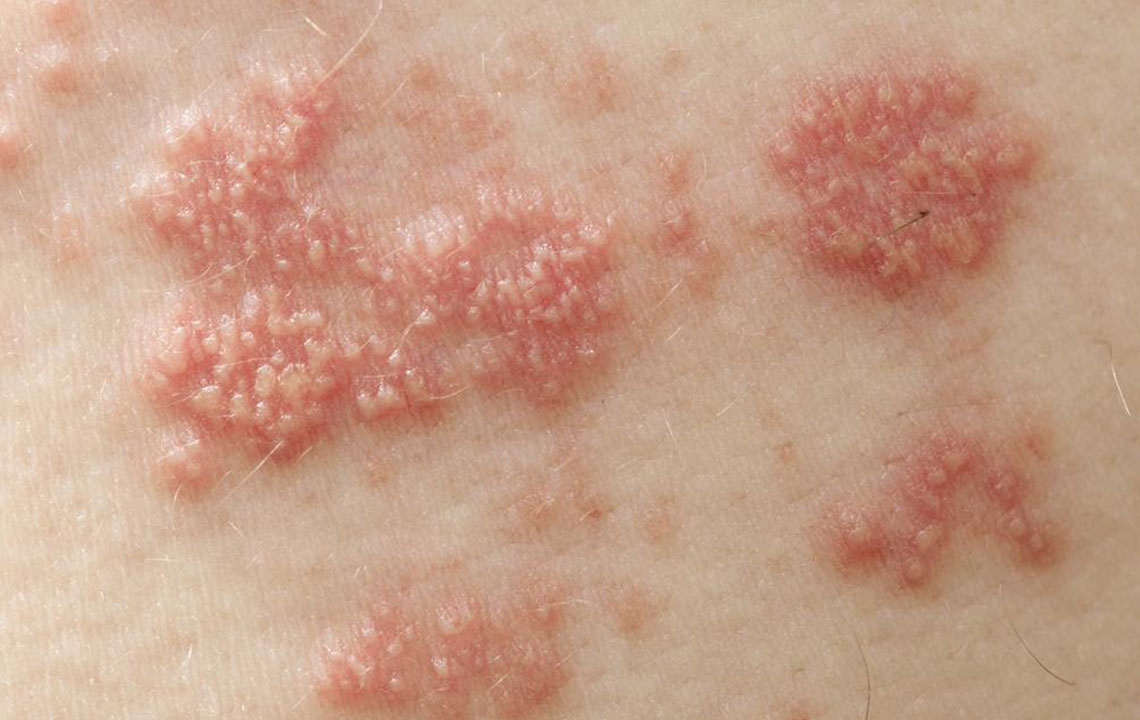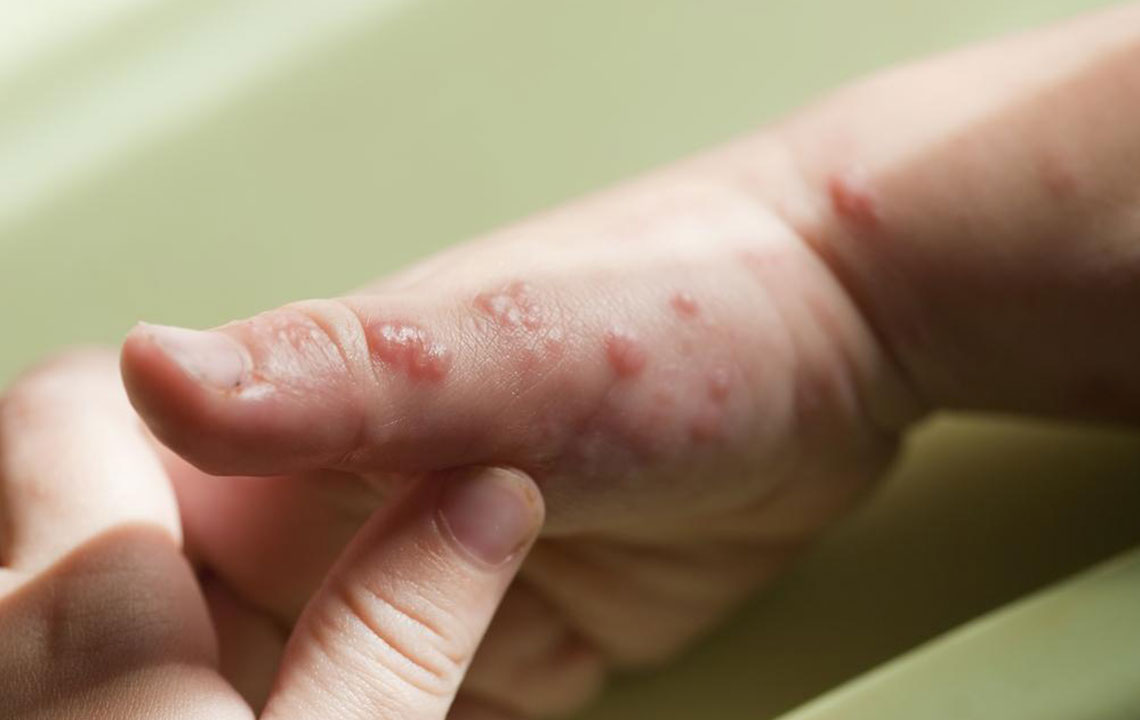Causes, Symptoms, And Treatment Options For Shingles
Causes, symptoms, and treatment options for shingles
One in three people in the country suffers from shingles once in their lifetime. Shingles can also result in health complications if not checked and treated on time. Immunity plays a pivotal role in managing the symptoms of shingles. Read on to find out more about the causes, symptoms, and popular treatment options.
What are the risk factors associated with shingles?
- Shingles is common in people who are older than fifty and have previously suffered from chicken pox.

What causes shingles?
- The varicella-zoster virus that causes chickenpox is also the chief trigger of a developing shingles condition that mainly affects nerve endings in the skin.
- The virus stays dormant after an episode of chicken pox, but there is a high possibility of shingles developing after many years.
- Note that although shingles is not a contagious condition, the virus may still affect people who have never had chickenpox. Thus, it is advisable to maintain a safe distance from people to prevent the infection from spreading.
Is it possible to identify the symptoms from shingles rash photos?
- The first signs of a developing shingles condition include fever and headache, which is common in most diseases and disorders.
- Visual indicators like rashes and blisters are among the more glaring signs of a developing condition that can be identified using shingles rash photos.
- One can compare the condition with shingles rash photos to also assess the severity of the disorder depending on the stage of the progressive ailment that starts with mild symptoms and can lead to life-threatening health complications.
- The formation of pus-filled blisters on the side of one’s torso is a chief visual indicator of shingles, and at this point, one should get immediate medical attention.
- Itching and persistent pain are discomforts that one will experience for prolonged periods.
- There are multiple resources available online along with shingles rash photos that will help identify the commonly affected areas.
Are there any home remedies available for shingles?
- The infection that causes rashes and blister to spread and infect nearby areas can be cleaned and managed on a regular basis while taking a bath.
- A lukewarm bath will help scrape away any scaling or crustation formed due to fluids leaking from the blisters while ensuring that the wound is cleaned thoroughly. One can also mix some cornstarch in lukewarm water to cleanse the affected areas.
- An alternative to reduce pain is using a cold compress to soothe and calm the nerves in the affected area. However, one must avoid using ice directly as ice will increase the sensitivity and will worsen the pain.
- A combination of homeopathic and herbal remedies will also help reduce the pain with natural supplements like melatonin, oregano oil, lemon balm, and even green tea.
- A well-balanced diet will also help reduce the pain and boost the immune system to counter persistent symptoms of shingles.
- One can refer to shingles rash photos to compare and assess any improvement in the condition during the course of treatment.
Which are the popular treatment options available for shingles?
- Treatment options available for shingles will vary depending on the severity of the condition.
- It is possible to identify and compare developing symptoms with shingles rash photos available online.
- Treatment generally includes combination vaccines and specialist care to manage the symptoms as shingles is incurable.
- New vaccines are being researched and developed to curb the recurrence of shingles as opposed to the ones that currently prevent the recurrence for a maximum period of five years.
- Vaccination is even more necessary to boost the immune system in people who are 60 years or older to manage the painful symptoms.
Disclaimer:
The content provided on our blog site traverses numerous categories, offering readers valuable and practical information. Readers can use the editorial team’s research and data to gain more insights into their topics of interest. However, they are requested not to treat the articles as conclusive. The website team cannot be held responsible for differences in data or inaccuracies found across other platforms. Please also note that the site might also miss out on various schemes and offers available that the readers may find more beneficial than the ones we cover.




